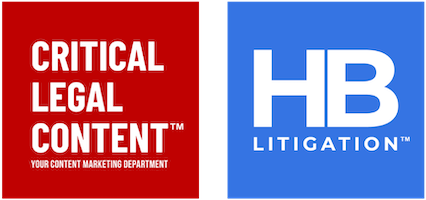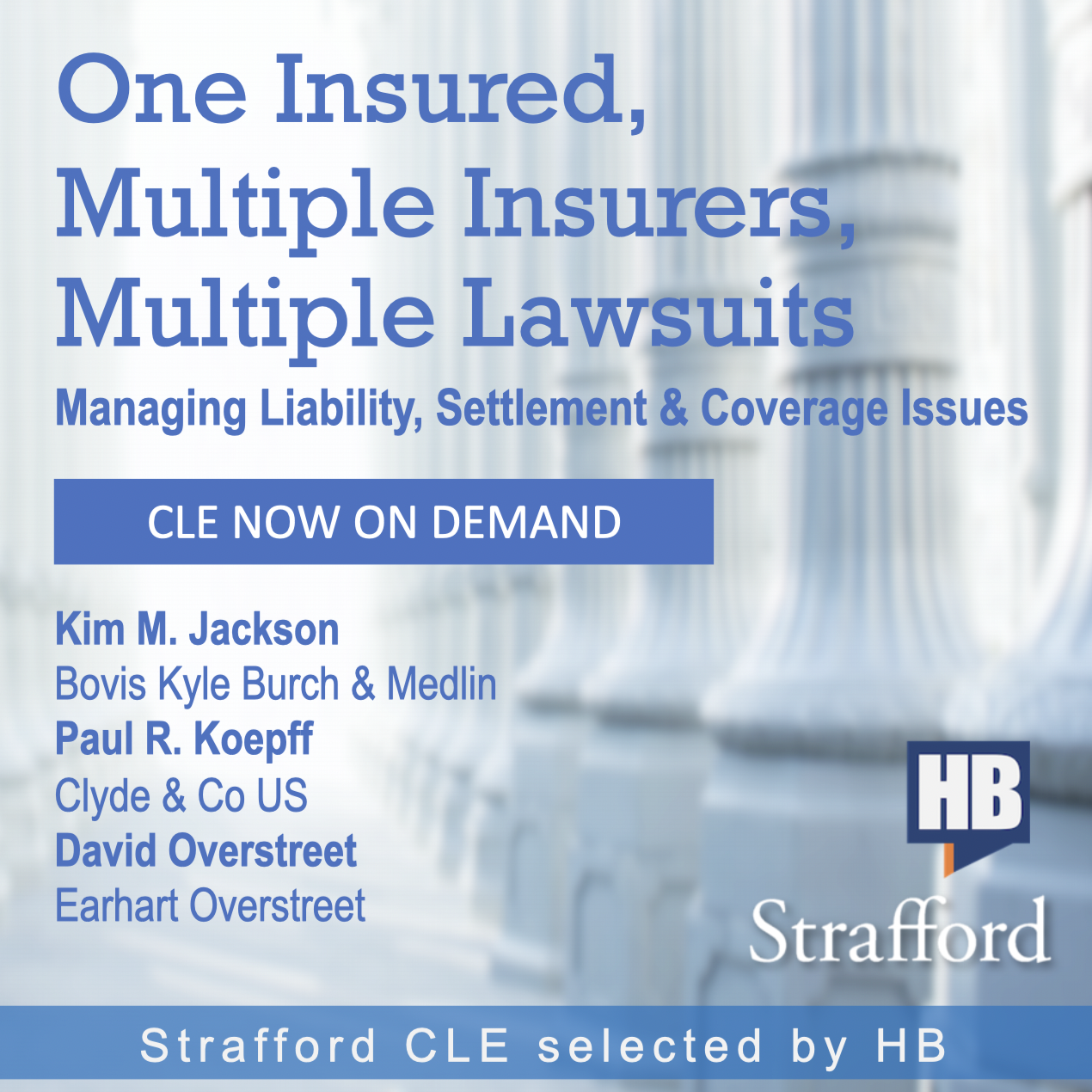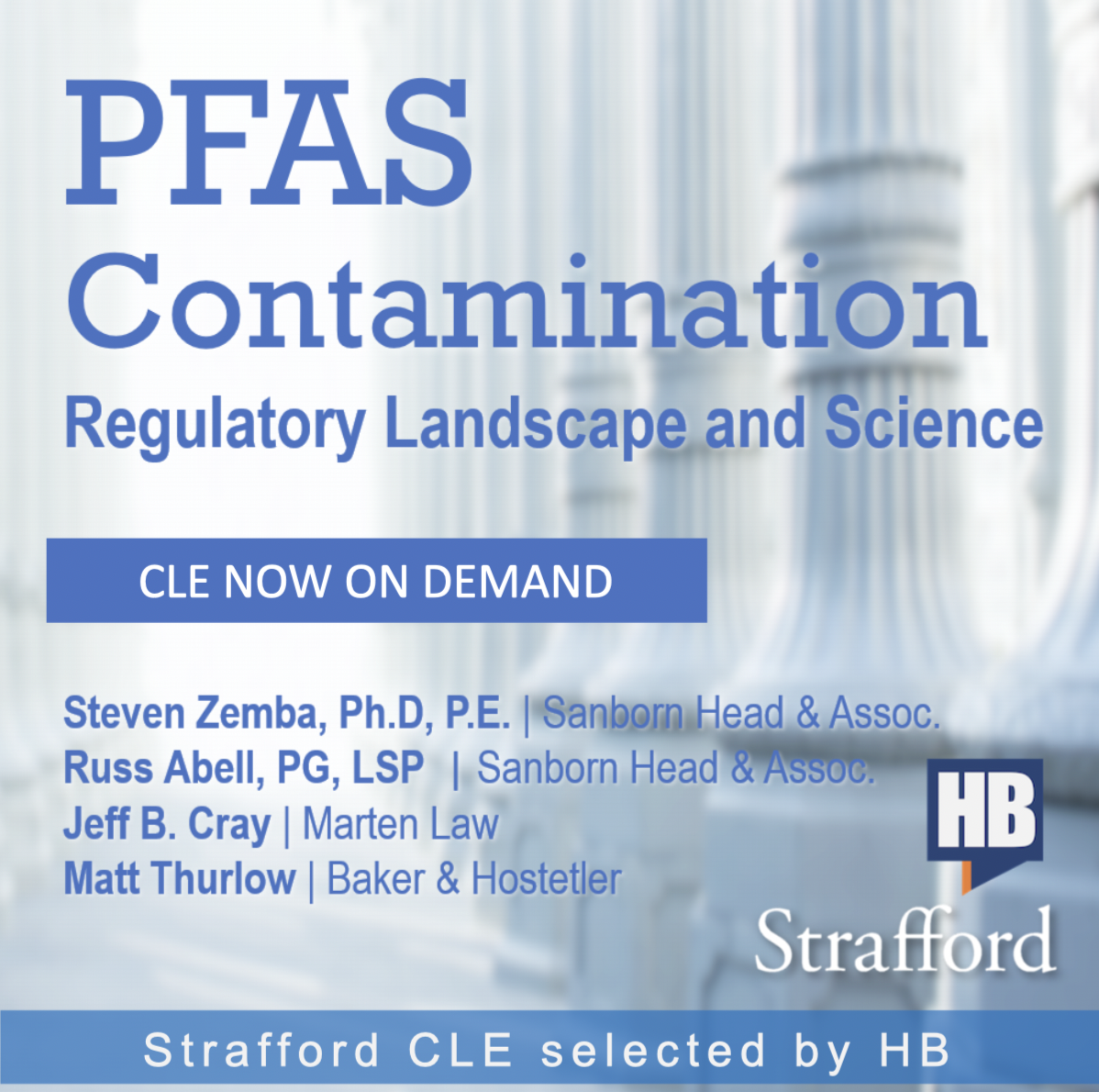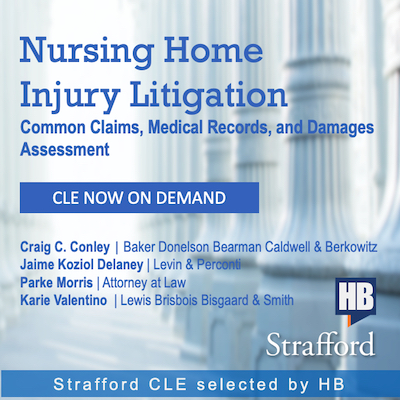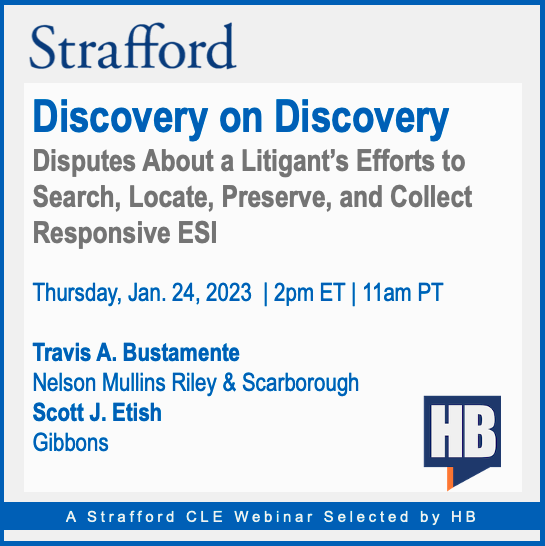By Kim Lavin
Manager of Research Services
Verus LLC
klavin@verusllc.com
609-466-0427
Judge Abused Discretion in Striking Expert Evidence, NJ Appellate Court Finds
Reverses 2016 Summary Judgment in Ovarian Cancer Cases
On August 5, a three judge panel from the New Jersey state appeals court reversed a 2016 summary judgment granted in favor of defendants, talc manufacturer Johnson & Johnson and talc miner Imerys Talc America in cases brought by two women who allege J&J’s talc products caused their ovarian cancer.
In its opinion, the panel ruled that Atlantic County Superior Court Judge Nelson C. Johnson abused his discretion by serving as the fact finder in deciding the credibility of the plaintiffs’ experts’ opinions instead of merely assessing whether the doctors’ opinions were based on sound scientific methodology. The trial judge acknowledged that the experts, Dr. Graham Colditz and Dr. Daniel Cramer, were qualified but opined that their scientific studies and evidence were narrow and shallow, showing a preference for cohort studies and their larger sample sizes over the case studies relied on by the experts. In overturning the ruling by the trial court and discussing the studies cited by Colditz and Cramer, the appeals court stated that those studies satisfied the criteria outlined in the Federal Judicial Center’s Reference Manual on Scientific Evidence and also noted that size and the types of study are not the sole determinants of reliability.
As a result of the plaintiffs’ experts’ testimony being reinstated, a dispute over a material fact exists in the matter and the case will proceed.
The two cases, brought by plaintiffs Brandi Carl and Diana Balderrama, were the first two to be tried from the group of 100 lawsuits included in New Jersey’s multi-county litigation.
One Insured, Multiple Insurers, Multiple Lawsuits: Managing Liability, Settlement, and Coverage Issues
One Insured, Multiple Insurers, Multiple Lawsuits: Managing Liability, Settlements, and Coverage Issues Seemingly intractable problems can arise when a single defendant has been sued multiple times and may have coverage for some or all matters from multiple insurers. Often there is considerable debate over the defendant's liability and insurers' duty to defend claims and in which courts. Subrogation and indemnity considerations often permeate negotiations.Efforts to resolve underlying matters, whether by settlement or otherwise, are complex and require advanced strategies to prevent misunderstanding and insurers from working at cross purposes. Insurers must often convince plaintiffs in the litigation and their fellow insurers about the reasonable value of various claims. Insurers must always be ready with strategies when an insurer refuses to fund a judgment or settlement. Listen as this esteemed panel of seasoned insurance counsel guides attendees in managing coverage, liability, and settlement issues that arise when a single policyholder is sued multiple times and has been insured by numerous insurers over time. Outline Overview Duty to defend and defense costs Duty to settle, mediation, and insurer consent Duty to indemnify: managing the unwilling insurer Subrogation issues Recorded on Wednesday, October 12th, 2022 $297* This Strafford production has been specially selected for HB audiences. Kim M. Jackson Partner Bovis Kyle Burch & Medlin Paul R. Koepff Partner Clyde & Co US David W. Overstreet Partner Earhart Overstreet The panel will review these and other key issues: What solutions exist for identifying who has the duty to defend and cover defense costs? What are the coverage implications of establishing a reasonable settlement value? If joint and several liability is not available, how are damages allocated? What happens after the insurer pays a judgment or a settlement of the underlying lawsuit but believes the insured had a claim against some other party for the loss?
The Reverse Reptile: Rethinking Traditional Defense Strategies and Antidotes
The Reverse Reptile: Rethinking Traditional Defense Strategies and Antidotes Photo by Jeremy McGilvrey on Unsplash "Reptile theory" is a challenging and often-discussed plaintiff's trial strategy. It subtly encourages jurors to envision themselves in the same situation as a plaintiff but with the power to "save" the plaintiff, themselves, and the community from future harm by awarding a large verdict. Much has been written and discussed about oral defenses against reptile strategy, such as during depositions and witness examinations, as well as during opening and closing. But there are also powerful tools and strategies that can be wielded in defense of this strategy: counter anchoring numbers on damages, humanizing the corporate defendant, motions in limine, trial briefs, and motions for new trial/judgment notwithstanding the verdict, among others. Knowing these strategies and how to present them, including drafting these motions and briefs carefully and precisely allows defense counsel to neutralize common arguments from plaintiffs. By establishing that specific questions and evidence are part of the reptile strategy, defense counsel can counter the plaintiff counsel’s moves at every turn and prevent the reptiles bite. Listen as this panel of experienced trial attorneys explains how effectively written papers can augment other anti-reptile defenses and how counsel can draft winning papers. This Strafford production has been specially selected for HB audiences. Regular Price: $197* Recorded: 10/12/2022 Speakers E. Stratton Horres, Jr. Senior Counsel Wilson Elser Moskowitz Edelman & Dicker Katherine S. (Kate) Whitlock Partner Wood Smith Henning & Berman Benefits The panel will review these and other key issues: What issues and lines of questioning are best suited for written motions in limine? How can defendants respond to allegations that their motions in limine seek what is in effect a “gag” order? How can reptile theory error be best preserved for appeal? When can counsel seek a new trial based on reptile tactics? Course Outline Overview of reptile approach Procedural motions to keep reptile questioning and argument out Substantive pre-trial motions to combat reptile tactics Substantive post-trial motions to combat [...]
PFAS Contamination: Current Regulatory Landscape and Science
PFAS Contamination: Current Regulatory Landscape and Science Over the past 18 months, U.S. EPA and the Biden Administration have issued numerous new regulations of PFAS under CERCLA, the Clean Water Act, the Safe Drinking Water Act, the Toxic Substances Control Act, and other environmental statutes.In recent months, the U.S. EPA has issued significant new toxicity assessments and drinking water regulations for PFAS, including PFOA, PFOS, GenX, and PFBS. U.S. EPA also has taken steps to regulate PFOS and PFOA as hazardous substances under CERCLA. State regulators are also imposing new drinking water limits, cleanup standards, and testing requirements for PFAS. The U.S. EPA and a number of states are planning to issue numerous additional regulations of PFAS over the next few years.Listen as our authoritative panel examines the evolving federal and state regulatory landscape for PFAS. The group will discuss current scientific data on PFAS, including a review of the basis on which regulatory standards are developed, opportunities and challenges to determining the source of PFAS contamination (forensic analysis), business sectors, and regions where PFAS is or may soon be a regulatory focus, and new regulations and ongoing litigation.The panel will offer insight into the legal risks facing companies using and discharging PFAS in manufacturing, companies distributing or selling products containing PFAS, and companies and municipalities responding to PFAS contamination in groundwater, drinking water, and waste. Outline Regulatory developments EPA States Scientific developments Development of Safe Drinking Water Standards Implications of Drinking Water Standards PFAS in environmental media Epidemiology and toxicology Recorded on Tuesday, October 25, 2022 $297* This Strafford production has been specially selected for HB audiences. Russ Abell, PG, LSP Vice President Sanborn Head & Associates Jeff B. Kray Partner Marten Law Matt Thurlow Partner Baker & Hostetler Steven Zemba, Ph.D., P.E. Project Director Sanborn Head & Associates The panel will review these and other essential issues: What new federal regulation of PFAS is the EPA considering? What are recent state regulatory developments with PFAS? How does PFAS cycle through the environment? What [...]
Rule 23(c)(4) Issue Certification: Reconciling the Conflict With the Predominance Requirement
Rule 23(c)(4) Issue Certification: Reconciling the Conflict with the 23(b)(3) Predominance Requirement Proposed class actions seeking monetary damages are often difficult to certify because common issues do not predominate over individualized issues as required by Rule 23(b)(3). Rule 23(c)(4) provides that "[w]hen appropriate, an action may be brought or maintained as a class action with respect to particular issues."Although Rule 23(c)(4) has been part of the rule since the landmark 1966 amendments, it was often overlooked until the Supreme Court's decision in Wal-Mart v. Dukes. Plaintiffs now routinely seek limited issue certification for purported common issues, such as liability, arguing that questions of injury, reliance, or causation should be left for individual cases. When approved, this approach increases defendants' exposure by permitting certification in some cases that would otherwise fail the Rule 23(b)(3) standards.The federal circuits are now in a three-way split on how issue certification should be treated under Rule 23(b)(3)'s predominance requirement. While the Fifth Circuit has taken the textual view in Castano v. American Tobacco Co. that permits issue certification only if the class first qualifies under Rule 23(b)(3), the Ninth, Sixth, Second, and Seventh Circuits have adopted the opposite view that Rule 23(c)(4) certification does not require predominance. The Third Circuit has clarified and heightened the test in Russell v. Educ. Comm’n for Foreign Med. Graduates, 20-2128 (3d Cir. Sept. 24, 2021), but offers both sides plenty to consider. The remaining circuits are uncommitted, leaving the district courts to address the matter.Listen as our panel of experienced class action litigators analyzes the varying circuit court positions on Rule 23(c)(4) issue classes and the implications of practitioners' decisions when pursuing or opposing class certification. Outline The emergence of issue classes under Rule 23(c)(4) What is an issue class? How are they being strategically used? Where are the grey areas? Key court decisions on issue class certification Textual and historical analysis of Rule 23(c)(4) Strategies for defending the trial of "issue" classes Journal (JEIL): Artificial Intelligence Litigation Risks in the Employment Discrimination Context. By Gerald Maatman Jr., Alex Karasik, and George Schaller CLE [...]
Nursing Home Injury Litigation: Common Claims, Medical Records, and Damages Assessment
Nursing Home Injury Litigation: Common Claims, Medical Records and Damages Assessment Photo by Irwan iwe on Unsplash Counsel bringing nursing home injury claims must understand the statutory, regulatory, and established common law standards of care applicable to nursing home residents and governing patient care. The most common nursing home injuries--pressure sores, severe malnutrition or dehydration, physical and chemical restraints, elopement, falls, improper medication, and abuse--involve different approaches. Medical records, discovery, and damage assessment present unique challenges to counsel. Listen as our authoritative panel of practitioners provides an overview of nursing home laws and regulations, discusses common types of injuries, covers how to handle medical records and other discovery issues unique to these cases, and reviews how to assess damages. Subjects What are the key steps to develop a claim involving injury to a nursing home resident?What evidentiary and discovery challenges are present in nursing home injury claims–and how can counsel best address them?What is the role of pain and suffering claims in the assessment of damages? Outline Relevant laws and regulations Common types of injuries Discovery issues Reviewing medical records Assessing damages Corporate involvement Recorded: 10/18/2022 Regular price: $197* This Strafford production has been specially selected for HB audiences. Craig C. Conley Shareholder Baker Donelson Bearman Caldwell & Berkowitz Jaime Koziol Delaney Partner Levin & Perconti Mark E. Goodman Shareholder Capes Sokol Goodman & Sarachan Parke Morris Attorney Parke Morris Karie Valentino Partner Lewis Brisbois Bisgaard & Smith
Discovery on Discovery
Discovery on Discovery: Disputes About a Litigant's Efforts to Search for, Locate, Preserve, and Collect Responsive ESI Much is written about the expectation of cooperation between parties in litigation. And while cooperation is required in the discovery context, litigants have no transparency requirement on how they respond to discovery requests. Counsel should be vigilant in recognizing improper attempts by another party to extend the concept of discovery by demanding transparency.Most courts will not permit discovery on discovery in the absence of a showing that the responding party acted in bad faith or unlawfully withheld documents. Indeed, courts have routinely denied requests for discovery on discovery based on the requesting party's "mere speculation" that the responding party has acted improperly in responding to discovery.A requesting party may support a request for discovery on discovery by demonstrating an adequate factual basis, including inconsistencies with the responding party's production, deposition testimony establishing the failure of a party to implement a litigation hold promptly, and the absence of documents from key custodians and date ranges in a discovery production.Listen as this experienced panel of litigators addresses discovery on discovery and discusses how to prevent discovery on discovery from derailing the merits of the case, as well as the offensive use of discovery on discovery in potential motions for sanctions under Federal Rule of Civil Procedure 37(e) or state equivalents. Outline The challenges of seeking discovery on discovery Sedona Conference Principles 3 and 6 The presumption that the responding party is best situated to respond to discovery Judicial treatment of requests for discovery on discovery Baseline showings needed to pursue discovery on discovery Effective use of ESI protocols Objections to discovery on discovery Relevance/proportionality Privilege objections Potential waiver of privilege if privileged information produced Motions to compel Cooperation and attempts to meet and confer Establishing strong factual records Burden of proof Potential sanctions? Tuesday, January 24, 2023 1:00pm-2:30pm EST, 10:00am-11:30am PST $247* *Early Registration Discount Deadline Friday, January 6, 2023 This Strafford production has been specially selected for HB audiences. Travis A. [...]
